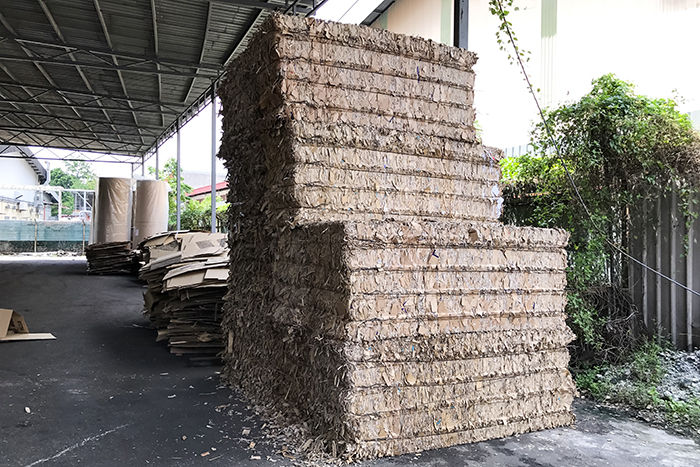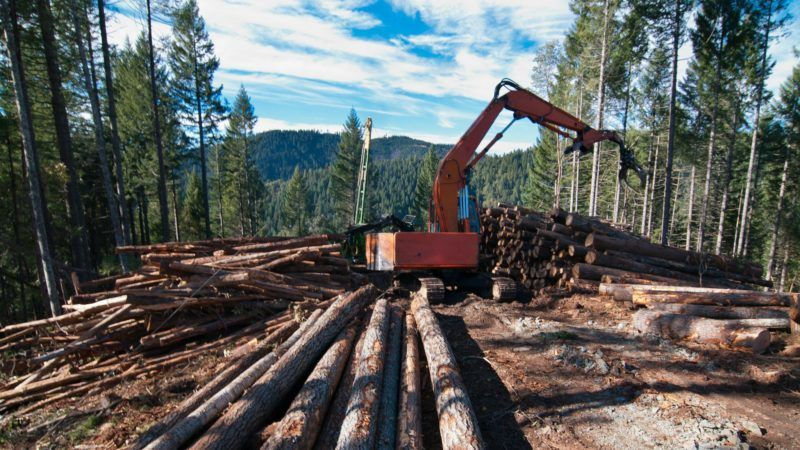Debunking the Paper industry Myths & Facts !
- bepositive stationery

- Mar 22, 2021
- 4 min read
Updated: Mar 30, 2021
Being surrounded by so many things, paper is hardly any genuinely sustainable product that adds worth to our everyday lives and is recognizable as environment-friendly. Many industries around us don’t aim to become genuinely eco-friendly. The paper industry is one of the initiatives that focus on sustaining and giving back nature whatever they can.
Some myths about paper and its industry :

Paper production uses a large quantity of water in the production process.
Fact: The amount of water used in the production of paper is reduced by 24% per ton of paper made. The industry treats the water and returns 85% of the water used in production as well.
Nearly 90 percent of the water used in pulps and paper mills comes from local sources, such as nearby lakes and rivers. It’s the same water where people fish, swim and ski.
That’s why after using the water, it is treated onsite and returned almost 90 percent to its source, often cleaner than when it was taken out.

Digital Medium is more effective than paper in the process of learning.
Fact: Amidst this era of the Corona Virus Pandemic, students worldwide have shifted from a traditional learning atmosphere to a digital world. This shift has been going on for a while. Digital books have been available to us for more than a decade, but how well are we absorbing them?
It turns out print is more straightforward to comprehend than digital media.
The print is visually less demanding than digital text. It provides spatial and tactile cues to help readers process words on a page. Also, Writing on Paper helps to remember the content more than typing on a laptop.

All waste papers collected are exported to China.
Fact: Waste papers collected in India are processed in India. More to this, India imports waste paper from different locations. Their processing helps the endangered and ancient forests. China has a ban on all solid foreign waste imports. Imports of waste have significantly reduced since 2012.

Recycling waste paper into usable paper is damaging the environment.
Fact: Recycled paper production helps in saving trees, energy, and water. They produce less pollution, use more fine chemicals, and require less bleach than viral paper production. This reduction of paper waste also solves the problem of community waste production. Studies show that recycling is almost always environmentally preferred to completely virgin manufacturing if done right.
Paper recovery rates in India reached an all-time high of 72 percent in 2020(compared to about 55.8% in 2018). Recycling paper not only keeps the material out of landfills but also prevents methane, a greenhouse gas, from forming when paper and other organic materials decompose.

A lot of trees are cut down for the production of paper.
Fact: The trees that are used for the production of Paper are Subabul and Casuarina. These trees are grown in the same manner. Responsible forestry and a thriving forest products industry help sustain wildlife habitats.
When landowners can make a living by successfully managing these natural resources, they are incentivized to keep forests as forests.
Sustainable forest management requires thinning tree stands to create open areas while maintaining older, denser canopies in other regions. Wildlife habitat diversity helps ensure ample food supply for wildlife and species’ ability to mate and thrive.

European Forests are shrinking due to the production of paper at a swift pace.
Fact: European forests are growing and expanding at a reasonable rate. They are covering space of at least 1500 football fields every year. Production of paper is limited to some industries in the European region, so the process of cutting trees is also limited.

Paper packaging the products are unnecessary and wasteful.
Fact: Imagine a world without any packaging for a moment. When you buy a kilogram of apples, you have to carry them in your hands, the eggs may not survive the journey home, and it would be practically impossible to buy milk, juice, or water. You can see that packaging is essential in everyday life, and the economy would fail to function without it.
The box has to facilitate the transport of the object, and at the same time, ensure that it does not suffer any mechanical or temperature damage. Only that way can you be sure that your packaging will safely reach your home or company.

Exotic plants grow more due to the cutting of trees for industrial purposes.
Fact: The growth of exotic plants can be stopped by putting control on the seeding process. The farmers should limit the number of seeds sowed at the time of sowing. The trees are also cut in patches to control soil erosion in the area.

Paper production has played a significant role in global greenhouse gas emissions.
Fact: The energy used in the production of paper is primarily renewable, and the carbon intensity is also very low.
It takes energy to make the paper
that is used in thousands of everyday products. The good news is that much of that energy comes from renewable sources. In recent years, 75 percent of the energy used in Domtar pulp and paper mills has come from renewable, carbon-neutral biomass sources; it’s primarily generated from wood processing and pulping byproducts.

Digital communications are more sustainable than paper communications.
Fact: Worldwide, billions of smartphones, computers, and other connected devices are used every day. Production of these devices requires fossil fuels, chemicals, water, Exotic or rare-earth minerals, and other damaging components to the environment, such as lead, copper, chromium, arsenic, and mercury.
Conclusion:
Some sustainability-minded consumers often focus on the environmental effects of paper production, when they should also understand the facts about electronic communication before declaring it a better choice. The updated report “Print and Paper Myths and Facts” by Two Sides North America offers essential data about e-waste, chemical use, and greenhouse gas emissions that result from computer and smartphone manufacturing. This data includes the environmental effects of e-mail, texting, social media, and other electronic communications.
I hope this article helped you understand some myths about the paper industry and cleared whatever doubts you may have had.








Comments